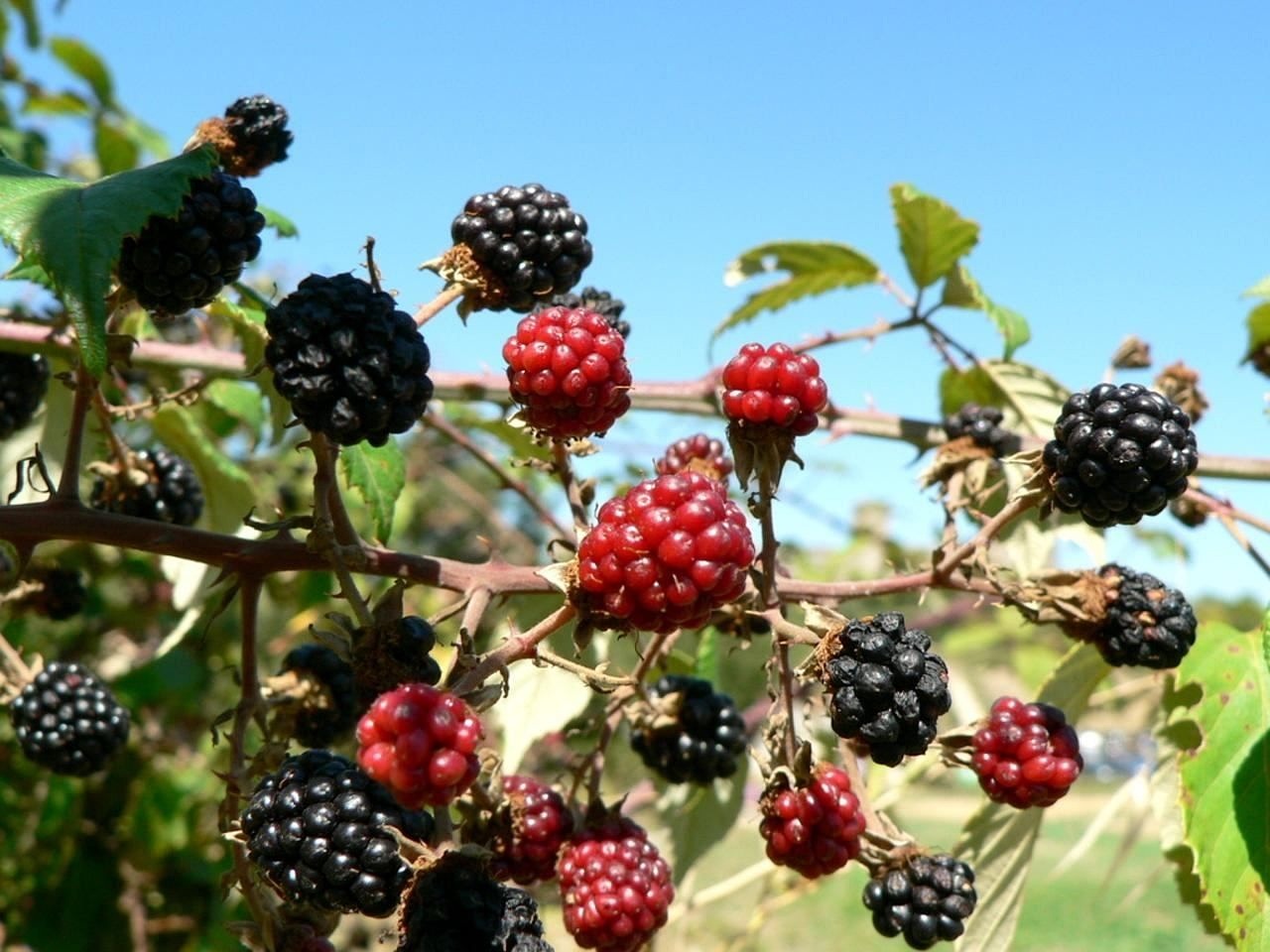
Mulberry tree planting guide
Mulberry trees (Morus spp.) have been cherished for centuries not only for their delicious berries but also for their ornamental beauty and cultural significance. Whether you’re an experienced gardener or a beginner, this comprehensive guide will walk you through the process of planting and caring for mulberry trees. Get ready to embark on a journey of cultivating these magnificent trees and enjoying the sweet rewards they bring to your garden.
Table of Contents
Mulberry tree planting guide
- Introduction to Mulberry Trees: Nature’s Edible Gem
- Selecting the Right Mulberry Variety for Your Location
- Choosing an Ideal Planting Site
- Preparing the Soil for Optimal Growth
- The Art of Planting Mulberry Trees
- Watering: Nurturing Your Young Mulberry Sapling
- Mulching for Moisture Retention and Weed Suppression
- Fertilization Guidelines for Healthy Growth
- Pruning Strategies: Shaping Your Mulberry Tree
- Protecting Your Tree from Pests and Diseases
- Harvesting Mulberries: Savoring the Fruits of Your Labor
- Propagation: Growing Mulberry Trees from Cuttings
- Seasonal Care: Mulberry Tree Maintenance Calendar
- Conclusion: Nurturing Your Mulberry Tree for Generations
Introduction to Mulberry Trees: Nature’s Edible Gem
Mulberry tree planting guide
Mulberry trees have a rich history that spans across various cultures. From Asia to Europe, these trees have been cherished for their delicious berries, which come in different colors and flavors. Beyond their culinary appeal, mulberries are also valued for their leaves, which serve as a primary food source for silkworms in the silk production industry.
Selecting the Right Mulberry Variety for Your Location
Choosing the appropriate mulberry variety is essential for successful cultivation. Factors such as climate, space availability, and desired berry type will influence your selection. Common varieties include the black mulberry (Morus nigra), white mulberry (Morus alba), and red mulberry (Morus rubra).
Choosing an Ideal Planting Site
Mulberry trees thrive in full sun, so select a location that receives at least 6 to 8 hours of direct sunlight daily. Ensure the chosen spot has well-draining soil to prevent waterlogging, which can be detrimental to the tree’s health.
Preparing the Soil for Optimal Growth
Before planting, it’s crucial to prepare the soil. Conduct a soil test to determine its pH and nutrient levels. Mulberries prefer slightly acidic to neutral soil (pH 6.0 to 7.0). Amend the soil with organic matter to enhance its structure and fertility.
The Art of Planting Mulberry Trees
Planting mulberry trees is a straightforward process. Dig a hole that is twice as wide and just as deep as the tree’s root ball. Gently remove the tree from its container, place it in the hole, and backfill with soil. Water thoroughly to settle the soil.
Watering: Nurturing Your Young Mulberry Sapling
Proper watering is crucial, especially during the establishment phase. Keep the soil consistently moist but not waterlogged. Once the tree is established, reduce the frequency of watering.
Mulching for Moisture Retention and Weed Suppression
Apply a layer of organic mulch around the base of the tree to conserve moisture, regulate soil temperature, and suppress weed growth. Ensure the mulch does not touch the trunk to prevent rot.
Fertilization Guidelines for Healthy Growth
Mulberry trees benefit from balanced fertilizer application. Use a slow-release, all-purpose fertilizer in spring. Avoid excessive nitrogen, as it can lead to excessive vegetative growth at the expense of fruit production.
Pruning Strategies: Shaping Your Mulberry Tree
Pruning helps maintain the tree’s shape, encourage airflow, and remove dead or diseased branches. Prune during the dormant season, and focus on removing crossing branches and maintaining an open canopy.
Protecting Your Tree from Pests and Diseases
Monitor your mulberry tree for pests like aphids, scale insects, and whiteflies. Implement natural or chemical controls as needed. Disease prevention involves proper spacing, pruning for airflow, and avoiding overhead watering.
Harvesting Mulberries: Savoring the Fruits of Your Labor
Mulberries are a delight to harvest. Gently pluck ripe berries directly from the tree. Be cautious of staining, as mulberries can leave a mark on clothing and skin.
Propagation: Growing Mulberry Trees from Cuttings
If you wish to expand your mulberry grove, consider propagating trees from cuttings. Take hardwood cuttings in late winter and follow proper rooting techniques.
Seasonal Care: Mulberry Tree Maintenance Calendar
Create a maintenance calendar to keep track of tasks such as fertilization, pruning, and pest management. Adjust the schedule based on your local climate and tree’s needs.
Conclusion: Nurturing Your Mulberry Tree for Generations
Cultivating a mulberry tree is a rewarding endeavor that connects you with nature’s bounty. By following these guidelines and infusing your care with passion, you can enjoy bountiful harvests and the beauty of a well-nurtured tree in your garden.
FAQs
Q1: Can I grow a mulberry tree in a container?
A1: Yes, choose a dwarf variety and a large container to accommodate the tree’s growth.
Q2: Do mulberries attract wildlife?
A2: Yes, mulberries are popular among birds and other wildlife, which may aid in seed dispersal.
Q3: How often should I prune my mulberry tree?
A3: Prune annually during the dormant season to maintain shape and health.
Q4: Are mulberries nutritious?
A4: Absolutely! Mulberries are rich in vitamins, minerals, and antioxidants.
Q5: Can I use mulberries in cooking?
A5: Certainly! Mulberries are versatile and can be used in jams, desserts, smoothies, and more.